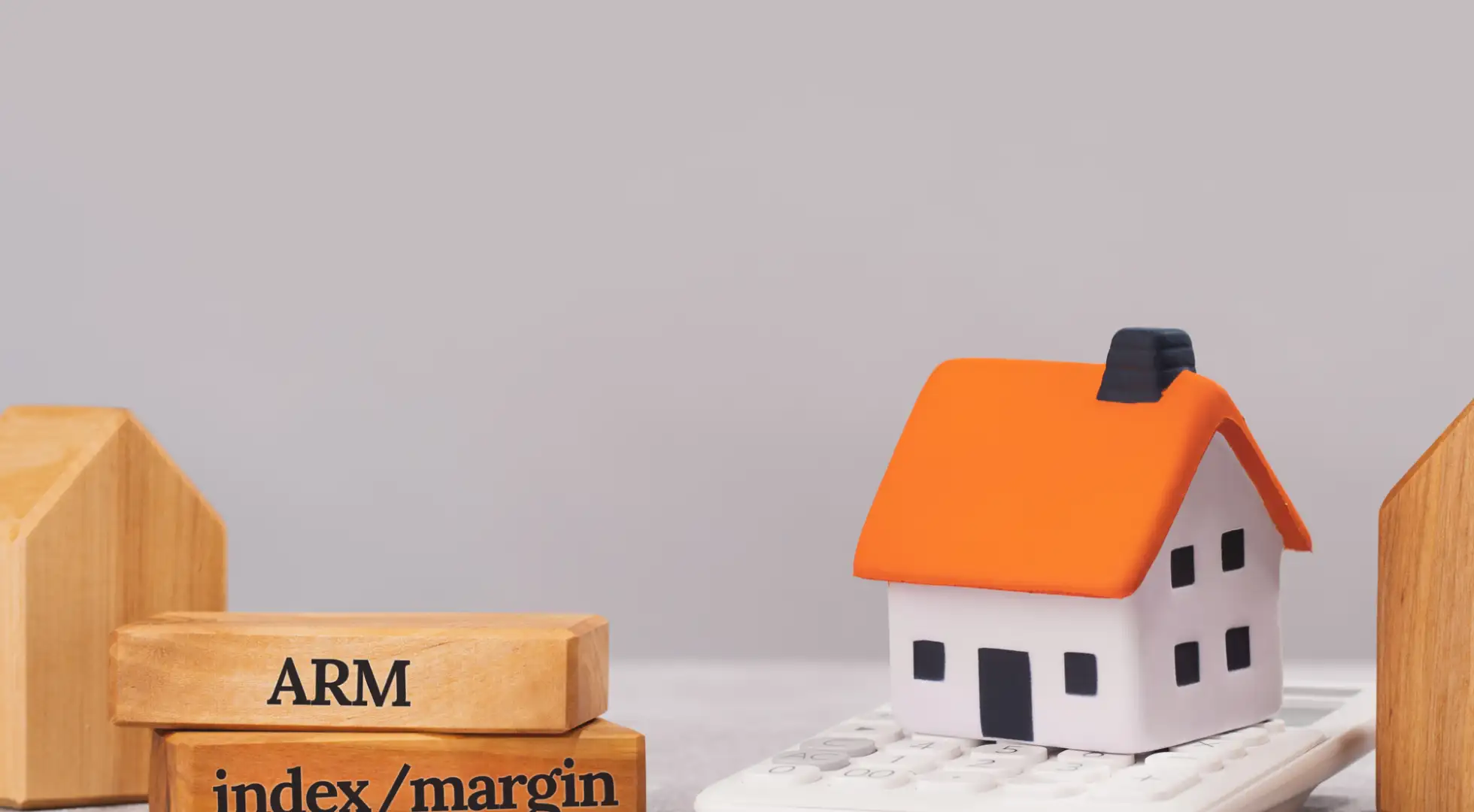3 Ways Adjustable Rate Mortgages Can Make Sense

The steady rise in mortgage rates this year means costlier financing for buyers who have to shell out larger monthly payments.
Higher mortgage rates have priced some people out of the market, but potential homeowners can choose between a more traditional 30-year fixed rate mortgage and several types of adjustable-rate mortgages known as ARMs that carry lower rates.
The traditional 30-year fixed home loan was 5.51% last week, compared with 2.88% a year ago, according to Freddie Mac data. The average rate for a 15-year fixed loan was 4.67% while the 5-year ARM was 4.35%.
U.S. mortgage rates reached their highest level since 2008 in June as investors in mortgage bonds sought higher yields on concerns that a four-decade high in inflation will erode their investment returns.
Buyers who want to save money on their monthly payments can opt for ARMs to get a rate that currently is more than one percentage point lower than a 30-year fixed home loan.
While ARMs faced scrutiny in the aftermath of the 2007 financial crisis, regulators in the aftermath stipulated more stringent requirements for lenders to assure buyers can repay even if rates reset higher.
Choosing an ARM could prove to be an opening for some potential homeowners who can receive a lower mortgage rate which also yields lower monthly payments.
There are several scenarios where an ARM can make sense for a buyer.
Learn More: Calculate your ARM payment with a trusted lender
First-Time Homebuyers Could Move
If you are buying your first home, it is possible you might want to upgrade to a larger home or move to a different city or state for work or other personal reasons in coming years. Locking in a rate fixed for 30 years, and paying more to do it, may be less attractive for those people.
The ARMs being offered today tend to be fixed for five, seven or 10 years, meaning the mortgage rate only resets after that time period.
During a higher interest rate environment, ARMs can be a good option for some people, said Steve Reich, chief operations officer of Finance of America Mortgage.
“For some people, an ARM may be a better option because it provides a lower initial monthly payment, however, an ARM may not provide the same peace of mind that comes along with a 30-year fixed mortgage,” he said.
One factor to consider is how long people plan to own their homes, Reich said.
“While nothing is certain, if homeowners plan on only owning their home for a short time, then an ARM may be a good option for them,” he said. “If they plan on owning it for a long time, an ARM may not be the best fit given the possibility of fluctuation in payments.”
Next Step: Check official ARM requirements and see if you qualify
Interest Rates Are Capped
After the initial five, seven or 10 year initial fixed period of an ARM, the mortgage rate will change. The adjustments to the interest rate are capped, meaning the rate can not increase to an amount more than what is in the contract.
A common cap structure is 2/1/5 which means the rate can jump as much as 2 percentage points at the first adjustment, but no more than 1 percentage point in subsequent adjustments, said Greg McBride, chief financial analyst for Bankrate, a financial data company. This also means that the increases can not be a total of more than 5 percentage points over the life of the loan.
Other ARMs carry a 5/1/5 structure meaning if rates are a lot higher when your first adjustment comes around, your rate could jump the full 5 percentage points at the initial adjustment.
“One final point to keep in mind is that the ARMs in the marketplace today adjust every 6 months, not every 12 months,” he said.
Rates Can Adjust Lower
Depending on how the economy is doing and whether the Federal Reserve is decreasing or increasing interest rates, ARMs can adjust lower.
“Adjustable rates can adjust lower if the sum of the index and margin is less than the current rate,” McBride said. “Both the index and margin are stated in the loan paperwork so borrowers have the ability to track this. A change in rate – either up or down – need not come as a surprise.”
The rate adjusts after the introductory period and can increase or decrease based on current rates and mortgage terms, said Jackie Boies, a senior director for Money Management International, a Sugar Land, Texas-based nonprofit debt counseling organization.
“It is possible for an ARM to adjust lower, however, since the ARM starts out at a very low interest rate, it would take significant reductions in interest rates to have a downward adjustment,” she said.
The ARMs being offered by mortgage lenders and banks are different from the ones popular before the housing crisis.
Qualifying for them is more stringent and there are limits on how often mortgage rates may be adjusted, she said.
Disclosures are clearer now, compared with the years prior to the 2008 financial crisis, to ensure that borrowers are “making good decisions about their home financing,” Boies said.
While rates could fall, consumers should not count on them as a budgeting tool, said Reich, of Finance of America Mortgage.
“If interest rates fall, resulting in the underlying index that a mortgage is benchmarked against to also fall, then a monthly payment can decrease,” he said. “However, lenders may establish rate floors at the onset of a loan origination, which prevents rates from dropping below the start rate.”
Don't Miss: Fast track your home loan preapproval with a trusted lender
More from Mortgage Research News:
How to Buy a Home With a Low Or No Down Payment
Want to Boost Your Home Value? Avoid These Seven Remodeling Projects
Ellen Chang is a Houston-based freelance journalist who writes articles for U.S. News & World Report. Chang previously covered investing, retirement and personal finance for TheStreet. She focuses her articles on stocks, personal finance, energy and cybersecurity. Her byline has appeared in national business publications, including USA Today, CBS News, Yahoo Finance MSN Money, Bankrate, Kiplinger and Fox Business. Follow her on Twitter at @ellenychang and Instagram at @ellenyinchang.





